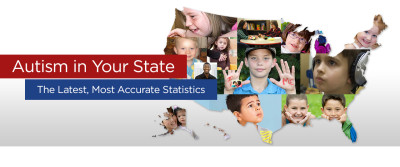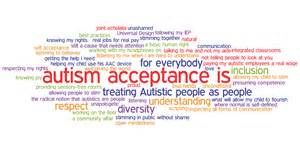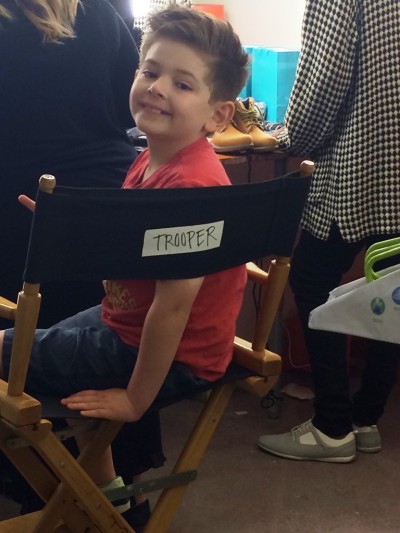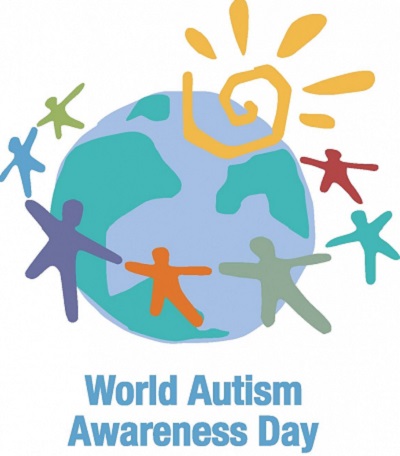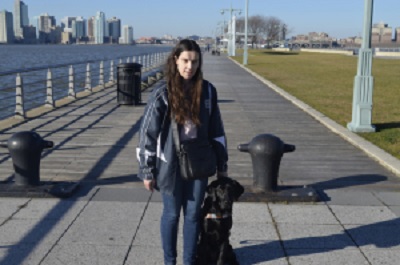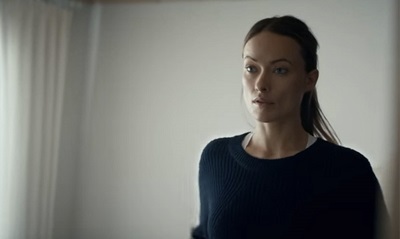This movie explores experience of autism rather than cause
by Elsa Remak
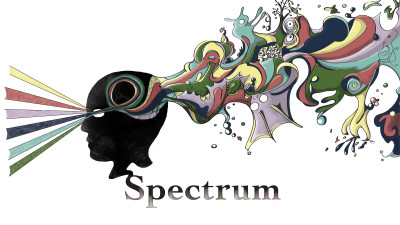 Please join me in welcoming today’s guest blogger, filmmaker Jill Jones. Jill is the producer behind SPECTRUM: A Story of the Mind, a thought-provoking documentary about autism and sensory issues.
Please join me in welcoming today’s guest blogger, filmmaker Jill Jones. Jill is the producer behind SPECTRUM: A Story of the Mind, a thought-provoking documentary about autism and sensory issues.
by Jill Jones
When I first told friends I was making an autism documentary, their eyes glazed over. When you think of the words ‘autism documentary’, what are the first words that come to mind? Controversy, screaming children, sad music. It seems boring, like something that’s been done many times before. But I had a good reason to make this film, and that reason is my cousin Grant.
I grew up in a small city in West Texas and have fond memories of visiting my Dad’s family in a small town. My aunt and uncle and their kids are among the kindest people I know. They have smiling eyes, a knack for making up fun games, and making me feel at home.
One memory plays over and over in my mind. I’m sitting inside, drinking Dr. Pepper. Everyone is telling stories, and I’m looking out the window at my cousin Grant jumping on the trampoline. I’ve been told that he has something called autism, and I don’t know much about what that means.
I know that Grant can’t talk. I keep watching him. He’s jumping for hours and flapping his hands. I’ve finished my Dr. Pepper, and he’s still jumping. The West Texas sun is setting, and he’s still jumping. He looks joyful and full of life.
Later in life, I kept hearing more about autism. Everyone is concerned about the cause of autism. It’s deemed a puzzle to be solved. But when I think of my cousin Grant, I imagine him jumping, and while I know his daily life is difficult, I wanted to know more about how he sees the world and what joy feels like for him.
And so, I started to make this documentary called SPECTRUM: A Story of the Mind to explore the experience of autism rather than the cause. Together with my fellow producer and cinematographer Brent Yontz, we packed up our film gear and started traveling the country.
We started by interviewing the famed Temple Grandin after a conference in Ohio. Then, we flew to Austin to meet Tito Mukhopadhyay, an author and poet who types to communicate. We went to Berkeley to meet Nick Walker, an aikido artist and autistic activist. And we went to Wisconsin to meet Judy Endow, an author and painter.
Each person shared their way of seeing and experiencing the world. For example, Judy explained how eye contact can be intense and painful. Tito described sensory overload as the world turning into “fragments” before his eyes. Nick helped me understand the beauty of his synesthesia.
I learned more than I could possibly fit into one film. Not only that, it felt impossible for me as a neurotypical to represent autism on screen. Instead, we aimed to create a sense of emotional truth.
Our composer, Frederik Wiedmann, wrote a brilliant soundtrack that echoes the joy I saw in my cousin Grant. Our lead animators, Gloria Arteaga and Richard O’Connor, created stunning animation, rich with color and movement. When the credits roll, I hope SPECTRUM inspires viewers to think about autism with a new sense of curiosity and maybe even joy.










